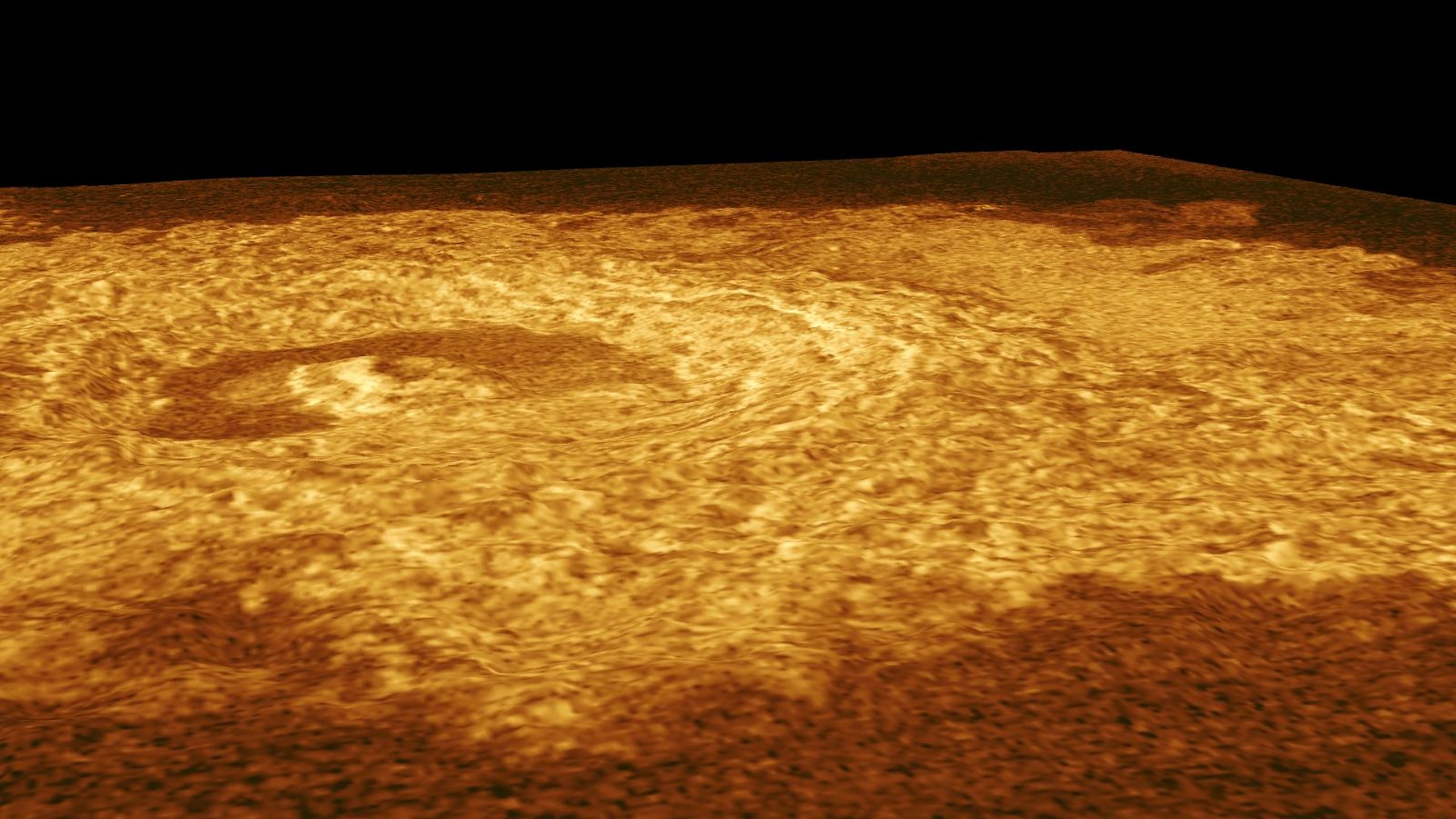Scientists have uncovered fresh evidence that Venus is not dead — geologically speaking. Venus and Earth are similar in size and were bombarded by comparable amounts of water billions of years ago. This shared origin has long fueled one of planetary science’s biggest questions: Why did Venus become a hellish, uninhabitable world while Earth flourished into a cradle for life?
Now, more than three decades after NASA’s Magellan spacecraft mapped Venus’ surface, scientists have found signs of hot material rising from the planet’s interior, indicating that its crust is still being sculpted from within.
The findings, published May 14 in the journal Science Advances, add to a growing body of evidence that Venus, despite lacking Earth’s plate tectonics, may share more internal dynamics with our planet than scientists previously thought.
Related: Molecule responsible for robbing Venus of its water may finally have been identified
“This research has provided a new and important insight into the possible subsurface processes currently shaping the surface of Venus,” Gael Cascioli, an assistant research scientist at NASA’s Goddard Space Flight Center in Maryland who co-led the new study, said in a statement.
“We could hardly believe our eyes”
The latest evidence focuses on dozens of large, ring-shaped features on Venus’ surface. These features, known as coronae, form when plumes of hot rock rise from deep within the mantle, pushing the crust upward. As the surface cools and collapses, a circular structure is left behind. Cascioli and his team simulated several formation scenarios for these features and compared their results with data from Magellan.
The predicted and actual data aligned so closely for some coronae that “we could hardly believe our eyes,” Cascioli told Scientific American.
Of the 75 coronae they resolved in the Magellan data, 52 appear to sit above buoyant mantle plumes, according to the new study.
“We can now say there are most likely various and ongoing active processes driving their formation,” Anna Gülcher, a planetary scientist at the University of Bern in Switzerland who co-led the new study, said in the statement. “We believe these same processes may have occurred early in Earth’s history.”
Venus hosts hundreds of such coronae, many of which are found in areas where the planet’s crust is particularly thin and heat from below is high. Recent research simulated how different rock types behave under Venus’ extreme conditions. The findings suggest that the planet’s crust may break off or melt once it reaches around 40 miles (65 kilometers) thick, and in many areas, it is likely even thinner.
“That is surprisingly thin, given conditions on the planet,” Justin Filiberto, deputy chief of NASA’s Astromaterials Research and Exploration Science Division in Houston, who co-authored the study about Venus’ crust, said in a different statement.
This shedding or melting of the crust not only helps regulate Venus’ surface structure but could also recycle water and other materials back into the planet’s interior, potentially fueling volcanic activity and influencing its atmosphere, Filiberto explained. “It resets the playing field for how the geology, crust and atmosphere on Venus work together,” he said.
These recent findings offer testable predictions for upcoming missions to Venus that will gather direct data about the planet’s crust and geology to refine existing models.
Scientists aim to pinpoint areas of surface activity using data from NASA’s VERITAS mission, which will map the planet’s surface at a resolution two to four times higher than previous missions. Another NASA mission, DAVINCI, slated for 2029, will focus on studying Venus’ atmosphere and surface chemistry, while the European Space Agency’s EnVision mission, targeted for 2030, will provide high-resolution surface mapping.
These missions will deliver “a level of detail that could revolutionize our understanding of Venus’s geology and its implications for early Earth,” study co-author Suzanne Smrekar, a planetary scientist at the Jet Propulsion Laboratory in California, said in the statement.
